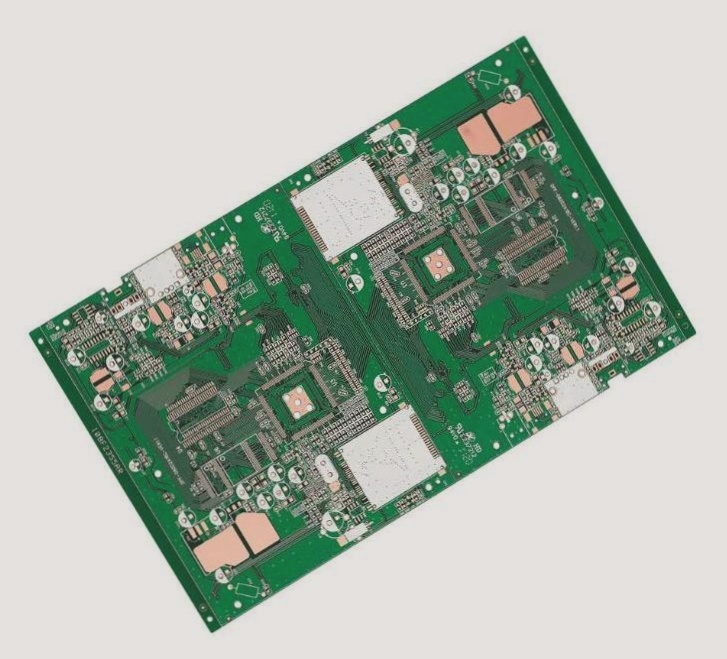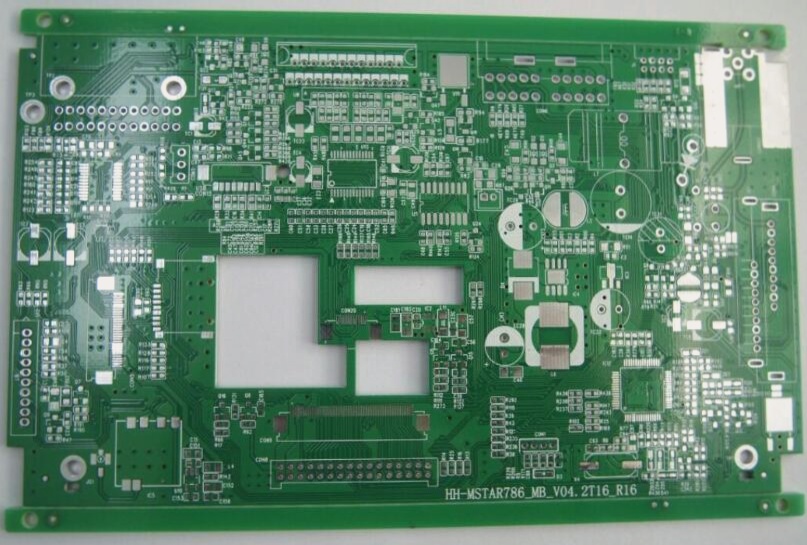Polyurethane Potting Glue
When preparing PCB boards, it’s crucial to choose the right potting glue. There are three main types available: polyurethane, epoxy resin, and silicone. Let’s delve into the pros and cons of each:
- Advantages: Excellent low-temperature performance and superior shockproof capabilities.
- Disadvantages: Poor resistance to high temperatures, non-smooth surface finish, tough cured colloid, weak anti-aging properties, and prone to discoloration over time.
Scope of Application: Ideal for potting indoor electrical components on PCBs with low heat generation.
Epoxy Resin PCB Potting Glue
- Advantages: Outstanding high-temperature resistance, good electrical insulation, easy operation, stable curing process, and excellent adhesion to various substrates.
- Disadvantages: Weak thermal cycling resistance, susceptibility to cracking from temperature changes leading to moisture ingress, and hard, brittle cured resin that may damage electronic components.
Scope of Application: Suitable for potting electronic components under normal temperature conditions without strict mechanical requirements.
Silicone Potting Glue
- Advantages:
- Strong anti-aging properties, good weather and impact resistance.
- Excellent resistance to temperature changes (-60°C to 200°C) without cracking.
- Outstanding electrical insulation and non-corrosive to electronic parts.
- Facilitates easy removal for repair or replacement.
- High thermal conductivity, flame retardant, and good flowability.
- Cures at room temperature or with heat, minimal shrinkage, waterproof, and shock-resistant.
- Disadvantages: High cost and poor adhesion.
Scope of Application: Ideal for potting electronic components in harsh environments.
Choosing the Right PCB Potting Glue
When selecting the best potting glue for your PCB, consider the specific requirements of your products. Choose wisely to meet your manufacturing needs effectively.



